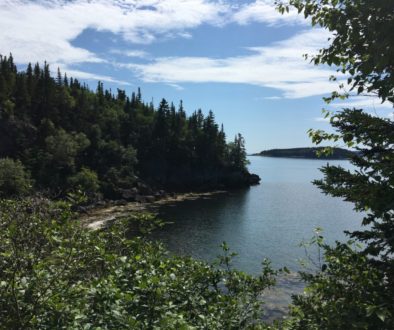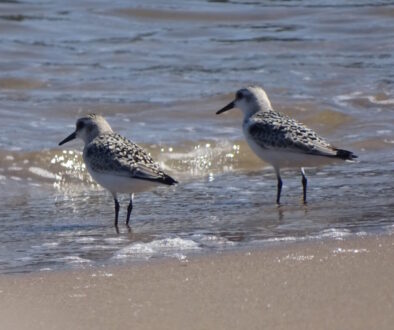Scientists Concerned Upcoming New Brunswick Forestry Plan will Eliminate too Much Habitat
We are writing as a collective of concerned scientists and professionals who have spent many decades studying the needs of wildlife, healthy forests, and rivers in New Brunswick. Less than two years ago (March 2012), the Minister of Natural Resources announced a new 10-year Crown forest management plan that, while not acceptable to all, at least attempted to hold the line on keeping a minimum amount of habitat for wildlife, and appropriate buffers along rivers and streams. This was a plan that the Department developed after a year of consultation with wildlife researchers, forest companies, hunting and angling groups, environmental groups and First Nations. It was supposed to have set the amount of forest managed for conservation goals at 28{a3162b1395e34f5bc6dd788a255c8e2a209e2a614c3b42176989b624267eff88} of the public forest. This was the bare minimum deemed necessary by government wildlife managers to make sure we have enough old forest to maintain healthy populations of our wildlife. The 2012 plan would have reduced clearcutting in certain Acadian mixed-forests, and reduced the amount of wood logged from hardwood stands to make sure there will be enough hardwoods to log in the future.
We thought the 2012 plan was the path forward. Now we are deeply concerned to learn that a new plan has been in development behind the scenes, government is apparently ignoring previous recommendations from their own staff, and did not ask for input or feedback from wildlife researchers or others who could speak on behalf of the public’s stated priority values – water, wildlife and basic sustainability of the forest.
The Premier in his 2014 State of the Province address, and Minister of Natural Resources in recent media interviews, both alluded to a new strategy that will allocate more wood to the province’s mills. Having not been part of the discussions that led to these decisions, we cannot be sure where this wood will come from. Since all Crown forest is already allocated, we are concerned the wood will come from buffer strips on brooks and wetlands, from deer yards, and from the small pockets of forest used to maintain wildlife and old forest. We are left to wonder if the wood will come from these previously conserved habitat areas, taking us below the minimums that are deemed necessary for wildlife and the health of our rivers. If this is what is being proposed, we believe it would be an irresponsible plan that will have serious negative consequences for the sustainability of our public forests for a long time to come.
Roberta Clowater (Executive Director, Canadian Parks and Wilderness Society-NB Chapter)
Dr. Tom Beckley (Professor, Forestry and Environmental Management, UNB)
Dr. Tony Diamond (Research Professor of Wildlife Ecology, Biology Dep’t and Faculty of Forestry & Environmental Management, UNB)
Dr. Graham Forbes (Director, New Brunswick Cooperative Fish and Wildlife Research Centre, Faculty of Forestry and Environmental Management, Faculty of Science, UNB)
Dr. Roger Roy (Professor and Interim Director, School of Forestry, UdeM)
Dr. Marc-André Villard (Professor, Biology, Université de Moncton)


